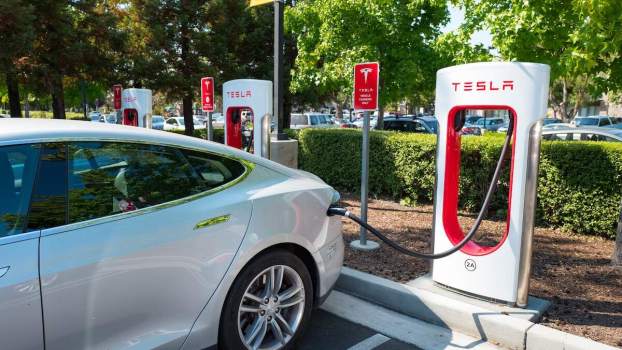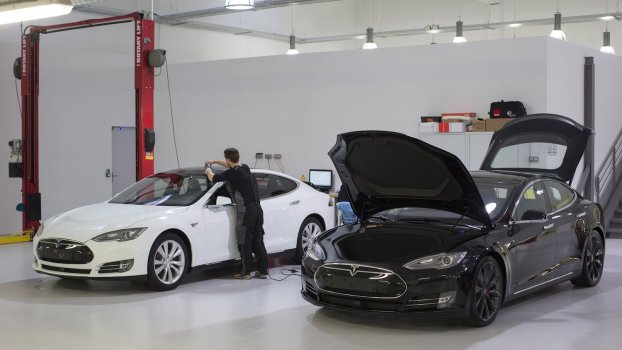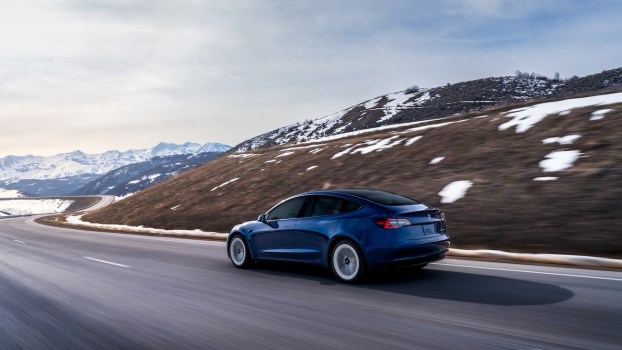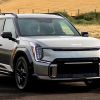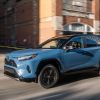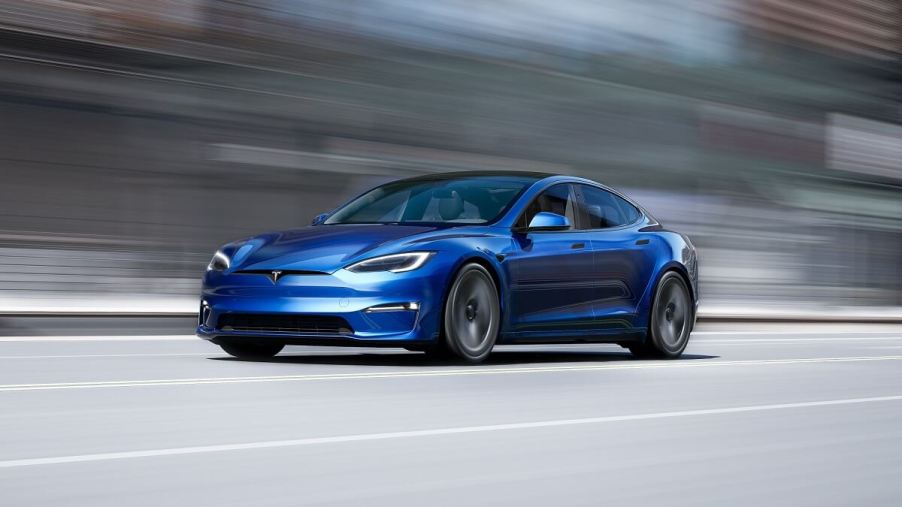
Tesla Makes 2 of the Most Aerodynamic Cars You Can Buy
Imagine riding a bicycle in high winds — it’s tough, right? Cars face the same challenge but have a secret weapon: low drag coefficients. In modern vehicle design, a car’s ability to slice through the air with little resistance is crucial because it ensures optimal performance and efficiency. Tesla is known for its cutting-edge technology and sustainability, but it has also perfected the art of aerodynamics. Here are two of the most aerodynamic Tesla cars you can buy today.
How do aerodynamics and drag coefficients affect a car’s performance?
Aerodynamics is the study of how air interacts with solid objects — in this case, automobiles — as they move. Drag refers to the force of air resistance on the vehicle. The drag coefficient measures how a car passes through surrounding air and how aerodynamic a vehicle’s shape is.
Drag increases with speed, so reducing the drag coefficient helps improve the car’s performance and fuel efficiency. One way to minimize the drag coefficient is by carefully shaping the vehicle’s body. That might include reducing sharp edges, minimizing protrusions, or removing or adding parts to promote smoother airflow around and over the car.
Aerodynamics affects vehicles in various ways. For starters, it reduces the resistance a car encounters as it moves through the air. That means the engine or motor doesn’t need to work harder, so the vehicle achieves better fuel economy.
In addition, aerodynamics contributes to a car’s stability and promotes good handling. Vehicles that are well-designed aerodynamically usually have better stability at high speeds. They are less prone to unwanted air-induced forces or lifting, which can affect control. This stability is essential for safety in highway driving or traffic.
Finally, cars with a streamlined shape and low drag coefficient — such as the Tesla Model 3 and Model S — can reach higher speeds easily and accelerate more efficiently.
How do Tesla’s most aerodynamic cars compare to supercars?
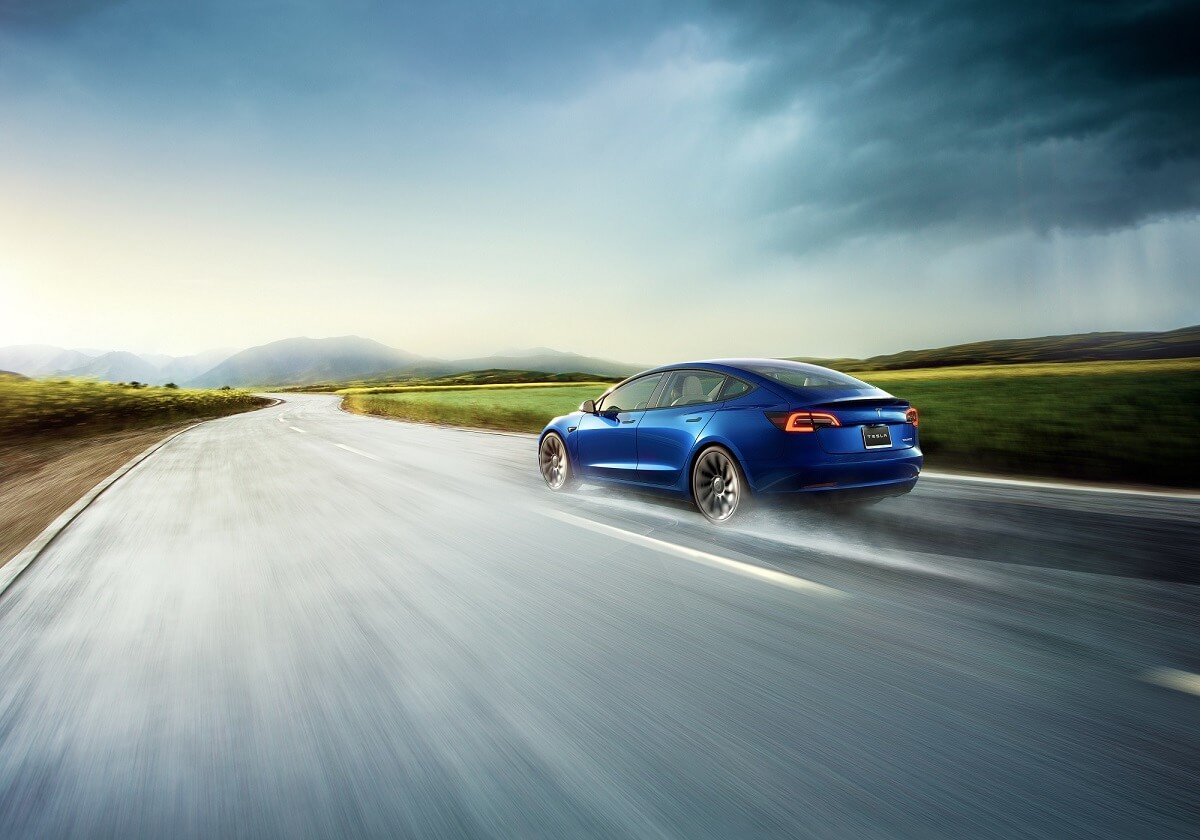
A teardrop and raindrop are the most aerodynamic shapes in nature, with a drag coefficient (Cd) of 0.04. However, practical reasons and legal red tape have prevented automakers from creating street-legal cars with drag coefficients close to that number. But that doesn’t mean they haven’t tried.
The ideal drag coefficient for production cars hovers between 0.25 and 0.3. That figure is higher for SUVs, achieving 0.35 to 0.45. Various mass-produced vehicles are well-designed aerodynamically, and Tesla sells two such models.
The EV maker’s Model 3 and Model S are among the most aerodynamic cars you can buy today. The Model S has a drag coefficient of 0.208, while the Model 3 has a drag coefficient of 0.23, CarWow reports.
For comparison, Porsche’s Model S rival, the Taycan, has Cd 0.22. That barely bests the Model 3 but doesn’t outdo the Model S.
Surprisingly, the two Tesla EVs have lower drag coefficients than the McLaren Speedtail. The British supercar company’s fastest model measures Cd 0.278.
How fast are the Model 3 and Model S?
The Model S shifted the EV revolution into gear when it debuted in 2012. Although Tesla hasn’t made many over-the-top feature changes to this four-door sports sedan, it remains competitive. The EV’s reduced drag coefficient allows the car to achieve 405 miles of range on a full charge from a 100-kWh battery pack. Furthermore, the powerful Model S Plaid can zoom from 0 to 60 mph in 2.1 seconds and reach a top speed of 200 mph.
Meanwhile, the Model 3 is Tesla’s best-seller. Part of its success is thanks to its low-drag design. This compact sedan gets an estimated 333-mile range, with the Performance trim sprinting from 0 to 60 mph in 3.5 seconds and topping out at 165 mph. Its mid-level trim, the Long Range, is significantly slower, taking 5.1 seconds to reach 60 mph.
The Model S has a starting MSRP of nearly $75,000. However, the latest Model 3 is arguably the cheapest aerodynamic car. It starts at a much more attainable $40,240.
